'The most beautiful and elegant city in the world'
- Published
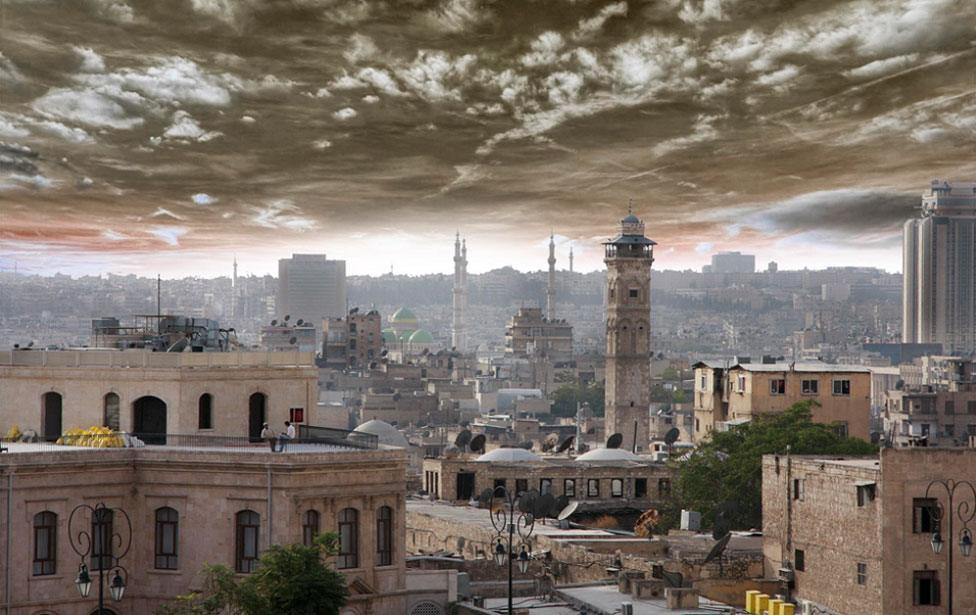
Throughout the long battle for Aleppo, as Syria's most ancient city has been blasted into ruins around him, one man has worked continuously to preserve an image of the city as it once was, before the horrors of war arrived.
A little over 10 years ago Alaa al-Sayyed unlocked a sealed basement in his wife's parents' house and made a fascinating discovery. No-one had entered the room for years, possibly decades, and among the family memorabilia al-Sayyed found more than 100 photographic plates taken by the Wattar brothers - ancestors of his wife - illustrating scenes of daily life in Aleppo in the 1920s and 30s.
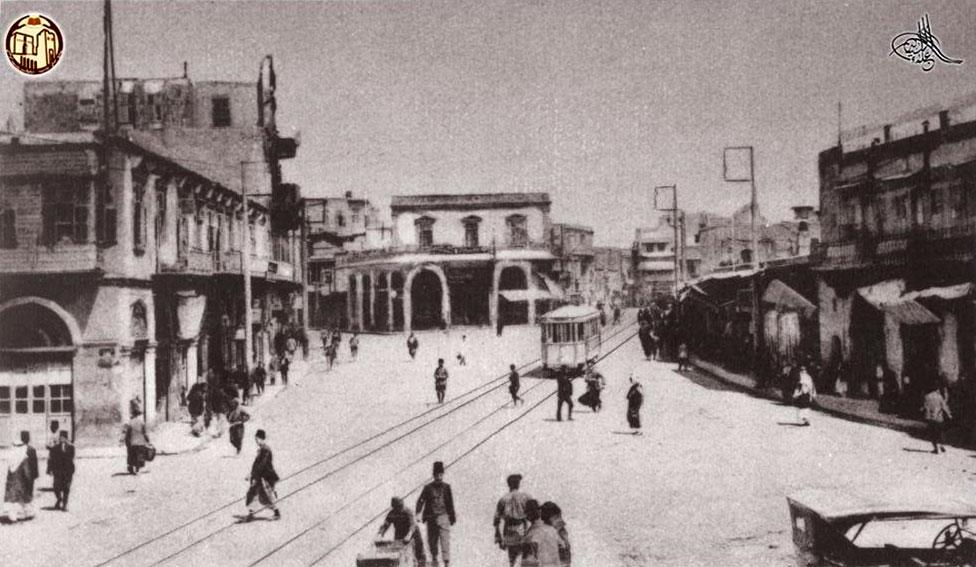

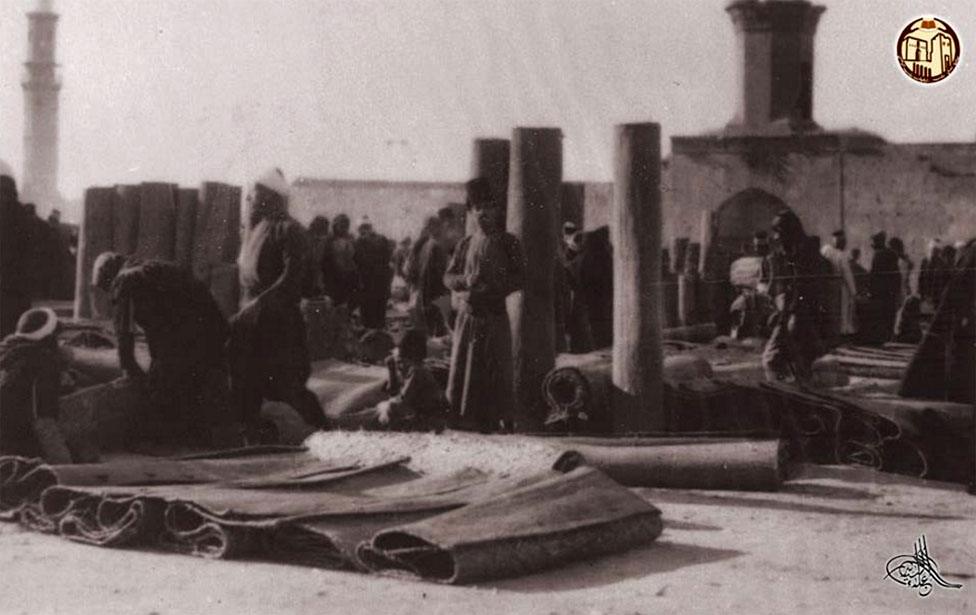
"The more I researched the history of the images, the more deeply I delved into the history of each neighbourhood and building in the city," he says. In 2010, he published a book, Aleppo's History in Pictures - and two years later Syria's war began. Each shell that landed on his native city, each bomb that exploded, he felt personally.
When, in 2013, several important libraries containing thousands of important documents were burned down or destroyed, he was spurred into action. It became his mission to make digital copies of every historically important document and photograph he could find, and upload them to the web for posterity.

Al-Sayyed had already been visiting libraries and digitising historical papers for some years, but he stepped up his activities with the help of three student volunteers. In 2014 they launched the Aleppo National Archives, using a Facebook page as a public showcase, external.
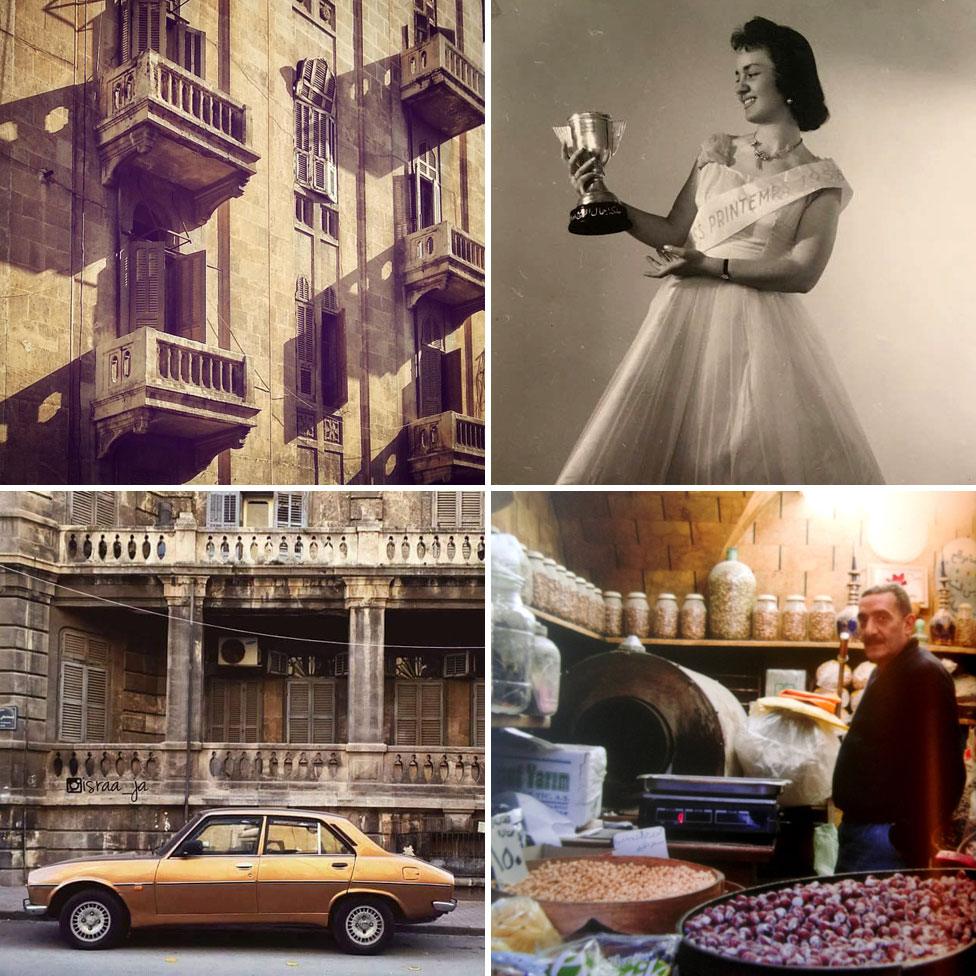
"We worked under conditions of war, siege, and power and water cuts," he says. "We also lost internet connection for long periods of time." Without external funding, they scanned everything from rare books and government documents to family records, and maps. Even recent maps hold importance when the layout of the city is being altered on a daily basis.
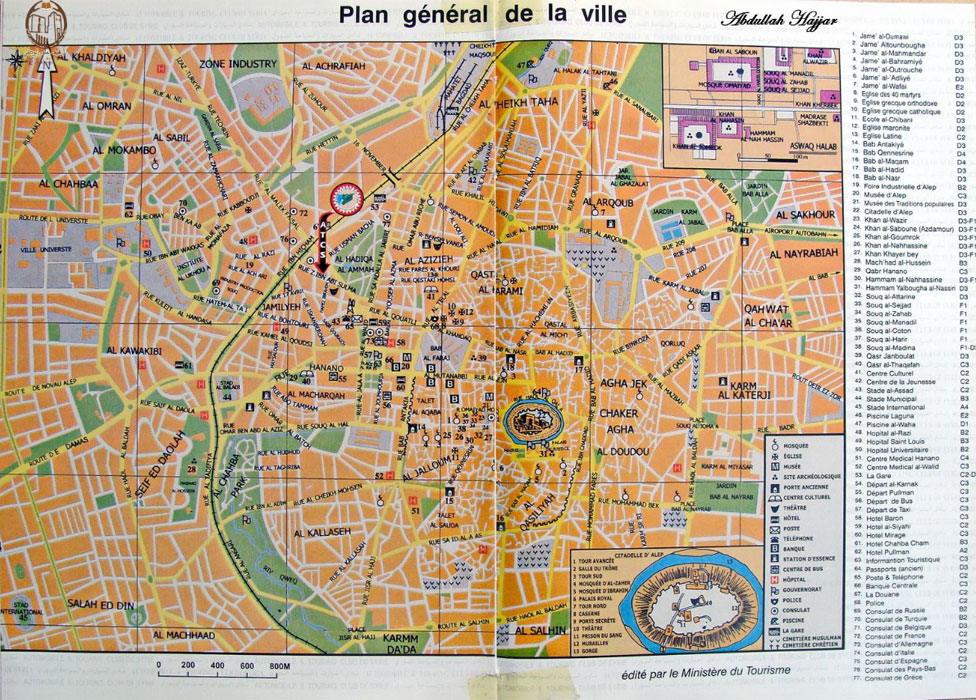
Among the Aleppo newspapers in the archive are some that date back to the 19th Century. "Newspapers are treasure troves documenting daily life in the city and their issues are often destroyed and rarely saved," al-Sayyed says. Many of those he has digitised have since been destroyed.
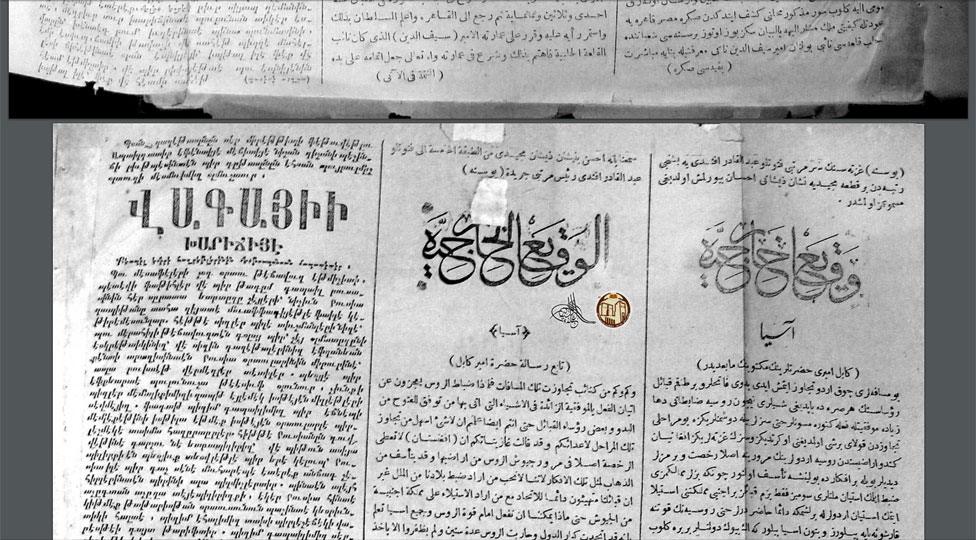
For a while the al-Furat newspaper, founded in 1867, was published in Armenian script (left) as well as Arabic
As well as exploring libraries, al-Sayyed has spent a lot of time going through the contents of attics and cellars of private homes - and using his powers of persuasion to impress upon the owners the importance of making a digital record.
As time went on, and the war intensified, his volunteers left the city. He and his family have remained, however, partly because of his attachment to his personal library. "The biggest reason I did not leave may be due to my inability to leave my books," he says. "Separating from them is difficult." He still uploads new images to the archive with the help of a friend in Canada.
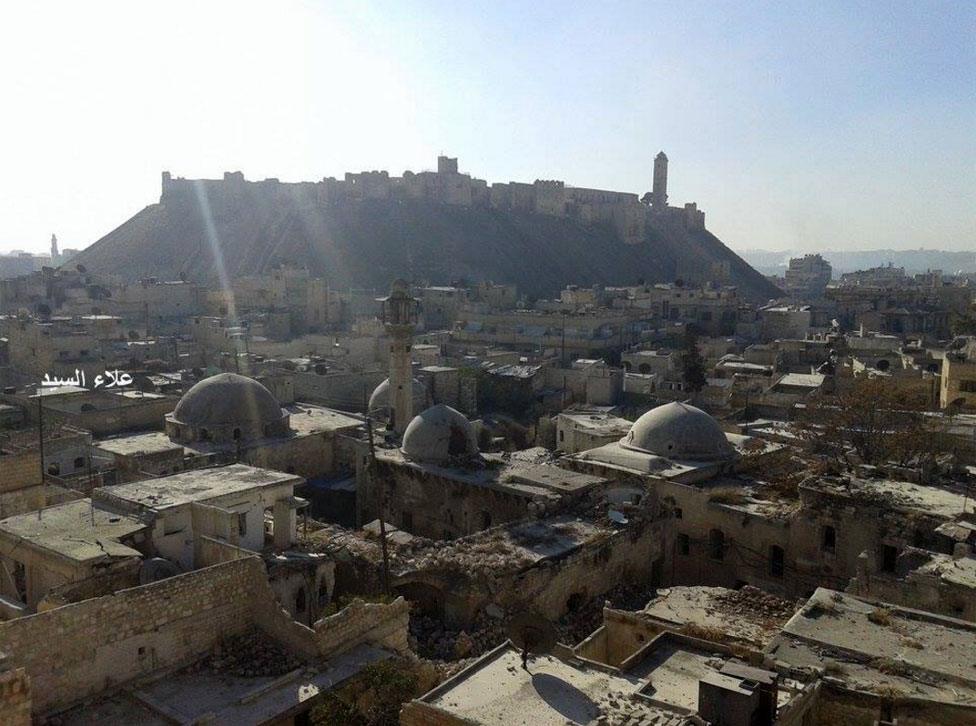
A photograph al-Sayyed took in the last few days reveals serious damage to the old city
The archive's photographs provide a record of the city that is valuable both for those who have remained in the city during the past four-and-a-half years of conflict, and those who have left. Before the war Aleppo had a population of more than two million, but according to some estimates this figure has more than halved.
"May God rest your soul Aleppo… I cannot breathe without your air," reads one comment. Another: "May God bring back the mornings spent in Aleppo." A third reads: "Did I not tell you that it is the most beautiful and elegant city in the world."
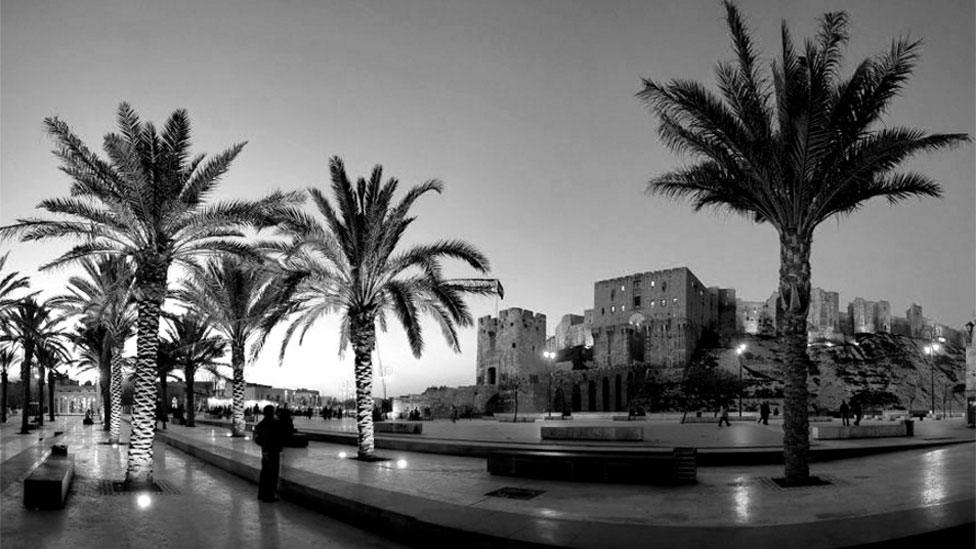
But the photographs also record the tragedy of the city's destruction. The citadel, at the heart of the city, was usually bustling with noise and people, from morning to night. Cafes near the main gate were filled with people playing cards and smoking Argileh (Shisha) water pipes.
Today the area is deserted and most of its buildings destroyed. In 2014 rebel forces detonated a bomb underneath the Carlton Hotel, which they said was being used by the army, and razed it to the ground.

Cafe awnings can be seen to the left, the Carlton Hotel to the right

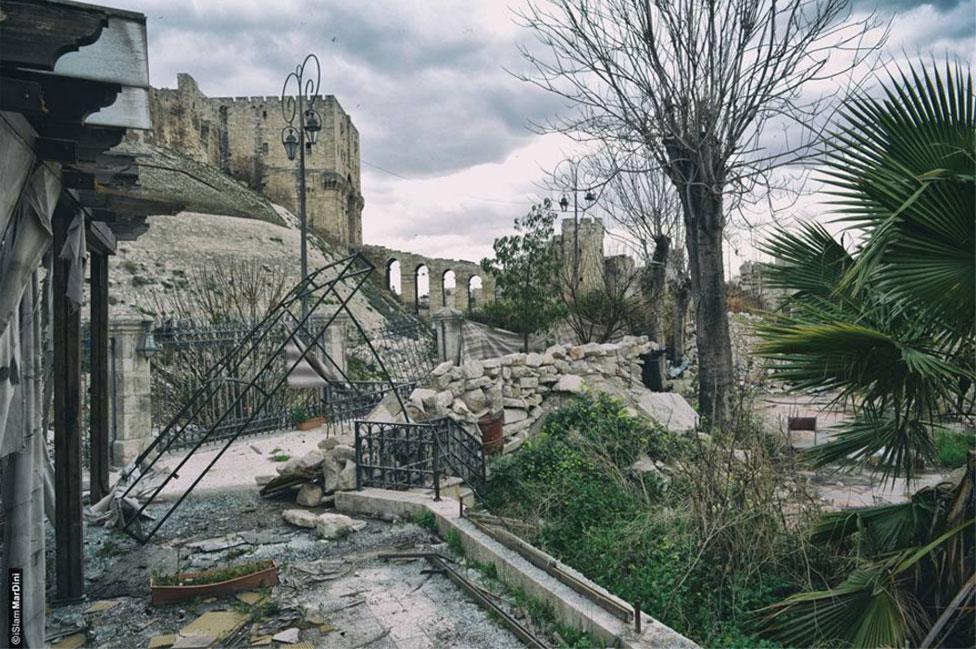
The al-Madina souk - a large network of stone alleyways which dates back to the 14th Century and used to be filled with stalls selling everything under the sun - was burned in 2012.
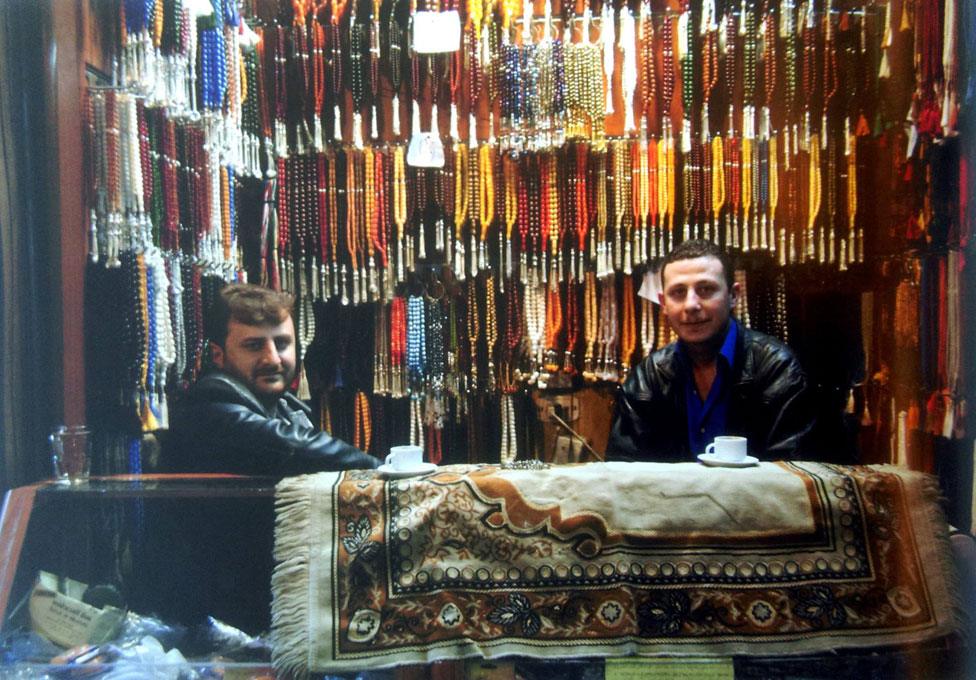
Bead sellers at the souk, before the war

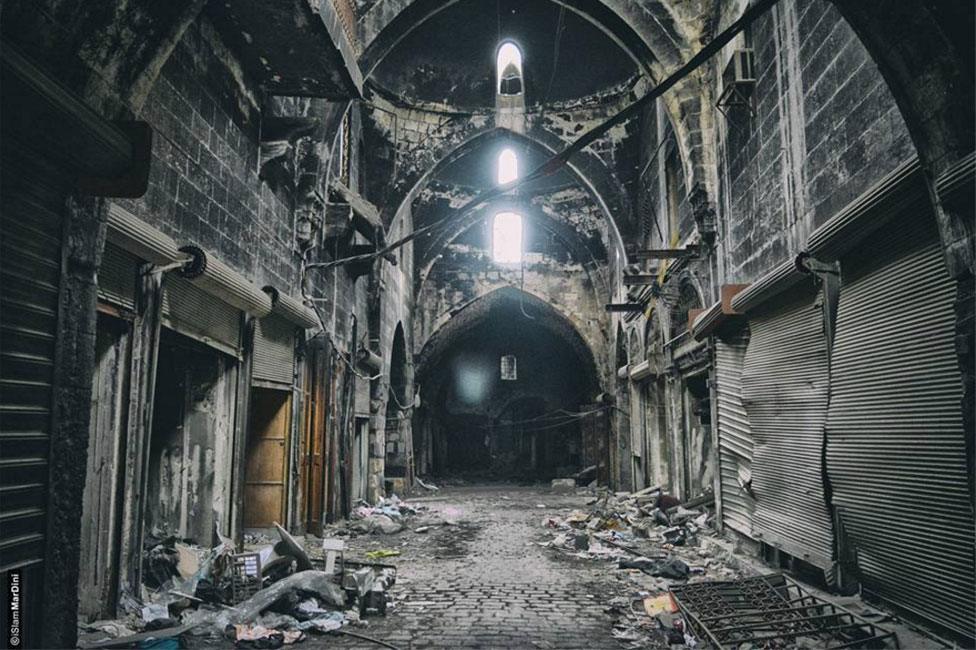
Before the war began al-Sayyed used to relax with his wife and two children by visiting buildings of historical or architectural interest.
"I used to take them on a tour every Friday and explain things to them in detail," he says. "It was as though I had a feeling in my heart that they would not be able to see them later."

Join the conversation - find us on Facebook, external, Instagram, external, Snapchat , externaland Twitter, external.